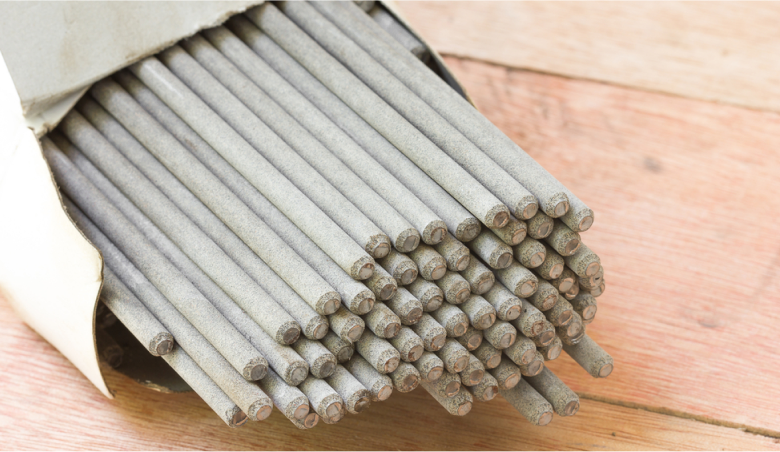Know Your Welding Rods: Types, Characteristics, and Best Use Cases
Types, Characteristics, and Best Use Cases

Welding rods are an essential component of the welding process, and selecting the right one for your project is crucial for producing quality welds. There are different types of welding rods available, each with its specific characteristics and best use cases. In this blog, we’ll dive into the world of welding rods and explore the different types, their characteristics, and the best use cases for each.
What are Welding Rods?
Welding rods, also known as filler rods or electrodes, are metal wires coat with a flux. They serve as a consumable material for the welding process, providing the filler material that bonds the two metal pieces being welded together. Welding rods are available in various sizes and types, and choosing. The right one for your welding project is essential for producing strong and reliable welds.
Characteristics of Welding Rods
When selecting a welding rod, there are several characteristics to consider, including the composition, coating, and diameter. The composition of a welding rod refers to the type of metal it’s made of and determines its strength and durability. The coating of a welding rod protects the metal wire from corrosion and facilitates. The welding process by creating a protective layer around the weld. The diameter of a welding rod determines the amount of current that can pass through it. Affecting the welding speed and penetration.
Types of Welding Rods and Their Best Use Cases
There are different types of welding rods available, each with its specific features and best use cases. Here are some of the most common types of welding rods:
Mild Steel Welding Rods
Mild steel welding rods are the most commonly use type of welding rod, suitable for welding low carbon steel, cast iron, and mild steel. They have a smooth surface and are easy to use, making them ideal for beginner welders. Mild steel welding rods are available in different sizes and are a versatile choice for a wide range of welding projects.
Stainless Steel Welding Rods
It is welding rods are design for welding stainless steel, a type of metal that’s difficult to weld due to its high carbon content. Stainless steel welding rods have a lower carbon content than mild steel welding rods. Which helps prevent the formation of cracks during the welding process. They also have a higher nickel content, making them resistant to corrosion.
Aluminum Welding Rods
It are design for welding aluminum and its alloys. Aluminum is a lightweight metal and has high thermal conductivity, making it challenging to weld. Aluminum welding rods have a high silicon content, which helps prevent cracking and improves the flow of the weld.
Cast Iron Welding Rods
It is are design for welding cast iron, a type of metal that’s prone to cracking during the welding process. Cast iron welding rods have a higher nickel content than mild steel welding rods. Which helps prevent cracking and improve the weld’s strength.
Choosing the Right Welding Rod
Choosing the right welding rod for your project requires considering several factors, including the type of metal being weld. The welding position, and the requir strength and durability of the weld. For instance, if you’re welding stainless steel, you’ll need to choose a stainless steel welding rod.
If you’re welding in a vertical or overhead position, you’ll need a welding rod with a vertical or overhead designation. It’s also crucial to choose the right diameter of welding rod for your project. As it affects the welding speed and penetration.
Conclusion
welding rods play a crucial role in the welding process and selecting. The right type of rod for a particular project is essential for achieving a strong and durable weld. Understanding the different types of welding rods, their characteristics. And best use cases can help you make an informed decision and avoid costly mistakes.
It is important to consider factors such as the type of metal being welded. The welding position, and the require strength and durability of the weld when selecting a welding rod.
Remember to always follow safety precautions and consult with a welding expert if you are unsure about which welding rod to use. With the knowledge gained from this guide. You can confidently select the right welding rod for your project and achieve successful welds.



